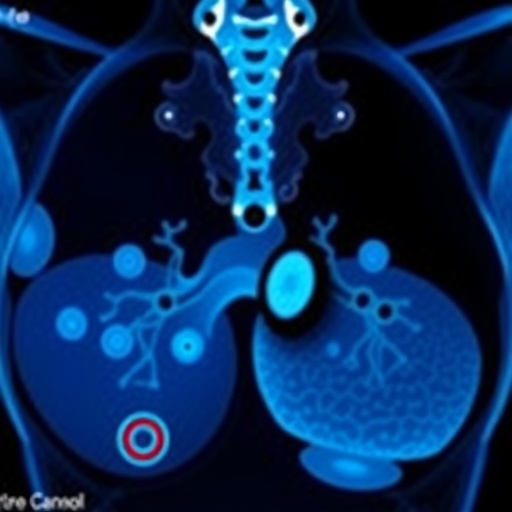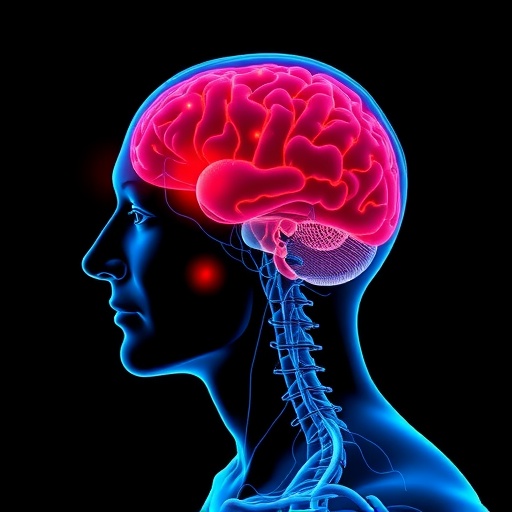Emerging from the complex intersections of diabetes management and digestive health, a significant study has been set in motion to evaluate the effectiveness of the Tangweian recipe in treating diabetic gastroparesis. This research arises from a pressing need to find viable treatment alternatives for diabetic patients suffering from the complications of gastric dysfunction related to their condition. Gastroparesis, characterized by delayed gastric emptying, significantly impacts quality of life by inducing symptoms such as nausea, vomiting, and early satiety. Currently, the search for effective and safe therapeutic options for this condition is a priority, and the Tangweian recipe presents a promising avenue.
The methodology behind this clinical trial is noteworthy for its rigor and transparency. Conducted as a non-inferiority, double-blind, active drug, randomized controlled trial, the design ensures that participants are equally likely to receive either the Tangweian recipe or a conventional treatment. This approach enables researchers to make robust comparisons between the two interventions, thereby elucidating any potential benefits or drawbacks concerning their efficacy and safety profiles. The randomization helps mitigate bias, ensuring that the findings are a true reflection of the treatment effects, rather than being influenced by external factors or pre-existing conditions.
Participants in the study will include a diverse demographic afflicted with diabetic gastroparesis, selected based on strict inclusion and exclusion criteria. This careful selection process is critical in ensuring that the results are applicable to a broad population. The primary endpoint of the trial will measure gastric emptying rates and patient-reported outcomes, enabling researchers to glean insights into both the physiological and experiential impacts of the Tangweian recipe on gastroparesis. Secondary endpoints may encompass various metrics of safety, including reports of adverse events, which are crucial for a comprehensive evaluation of any new treatment.
In the realm of traditional medicine, the Tangweian recipe finds its roots, drawing on ancient Chinese medical practices that emphasize holistic healing and the balance of body systems. This herbal formulation is thought to enhance digestive function by promoting gastric motility and alleviating symptoms associated with gastric stasis. Preliminary studies have suggested potential benefits, indicating that this approach could provide significant relief for patients who often find themselves with few options in contemporary medical practice.
The existing literature on gastroparesis management reveals a landscape of limited pharmacological choices, primarily focusing on prokinetics and symptomatic treatments. However, the efficacy of these conventional options can vary significantly among patients, some of whom may experience intolerable side effects or inadequate symptom relief. Thus, the exploration of integrative approaches, such as the Tangweian recipe, could fill a crucial gap in the therapeutic arsenal available to patients and healthcare providers alike.
As the trial progresses, ongoing assessments will be vital to monitor the effectiveness of the Tangweian recipe. Researchers will utilize advanced statistical techniques to analyze the data collected throughout the study, ensuring that the interpretations are scientifically sound. Such rigorous analysis not only affirms the treatments under investigation but also establishes a foundation for potential future research avenues, which could explore further refinements or additional applications of the Tangweian recipe.
The implications of this research extend beyond the immediate findings of the trial. Should the Tangweian recipe prove to be a safe and effective treatment for diabetic gastroparesis, it could set a precedent for integrating traditional medicine into modern clinical guidelines. This integration may encourage a broader acceptance of alternative therapies by a medical community often cautious of non-pharmaceutical treatments. Such progress would reflect a growing recognition of the value of diverse approaches in achieving comprehensive patient care.
Furthermore, the study also highlights the importance of patient engagement in the research process. By prioritizing patient-reported outcomes, the trial underscores the necessity of considering the subjective experiences of individuals living with diabetic gastroparesis. This patient-centered approach not only enriches the data collected but also empowers patients to take an active role in their healthcare journey, advocating for solutions that resonate with their daily lived experiences.
In addition to advancing scientific knowledge, this clinical trial has the potential to catalyze a broader cultural shift regarding the stigma sometimes associated with alternative and complementary medicine. While rigorous evaluation and scientific validation are essential, fostering an environment where diverse therapeutic modalities are respected could enhance the overall quality of healthcare. The outcomes of this trial may play a pivotal role in stimulating further investigation into herbal and traditional remedies, paving the way for new therapeutic innovations.
As we approach the predicted completion date of the trial, anticipation builds within both the medical community and among patients affected by gastroparesis. The prospect of discovering a safe and effective treatment option, rooted in traditional practices yet validated by scientific rigor, holds the promise of significantly improving patient outcomes and quality of life. Through meticulous research, the Tangweian recipe could exemplify the dynamic interplay between history and modern healthcare, echoing a harmonious relationship between ancient wisdom and twenty-first-century science.
In summary, the Tangweian recipe study represents a critical juncture in the pursuit of improved therapeutic options for diabetic gastroparesis—raising optimism for those affected by this condition and inviting a reassessment of the potential benefits of integrative medicine. As results unfold, all eyes will be on the implications of this landmark trial, its influence on future research, and the potential shaping of clinical practices that prioritize patient well-being through both innovation and tradition.
This trial not only signifies a scientific investigation but also encompasses a broader dialogue regarding healthcare’s future—one where efficacy, safety, and patient experience converge to shape the landscape of treatment paradigms. With such endeavors, the healthcare community remains steadfast in its dedication to uncovering diverse pathways for healing, ensuring that all patients have access to effective and compassionate care options.
Subject of Research: Treatment of diabetic gastroparesis using the Tangweian recipe.
Article Title: Efficacy and safety of tangweian recipe in the treatment of diabetic gastroparesis: a protocol for a non-inferiority, double-blind, active drug, randomized controlled clinical trial.
Article References:
Zhang, YX., Yin, Ry., Zhang, YJ. et al. Efficacy and safety of tangweian recipe in the treatment of diabetic gastroparesis: a protocol for a non-inferiority, double-blind, active drug, randomized controlled clinical trial.
BMC Complement Med Ther (2025). https://doi.org/10.1186/s12906-025-05104-5
Image Credits: AI Generated
DOI:
Keywords: Diabetic Gastroparesis, Tangweian Recipe, Randomized Controlled Trial, Efficacy, Safety, Herbal Medicine.
Tags: alternative therapies for diabetic patientsclinical trial for diabetes managementdelayed gastric emptying solutionsdiabetic gastroparesis treatmentdigestive health and diabetesdouble-blind study designevaluating treatment safety and efficacymanaging complications of diabetesnon-inferiority randomized controlled trialquality of life in gastroparesisTangweian recipe efficacytherapeutic options for gastric dysfunction





